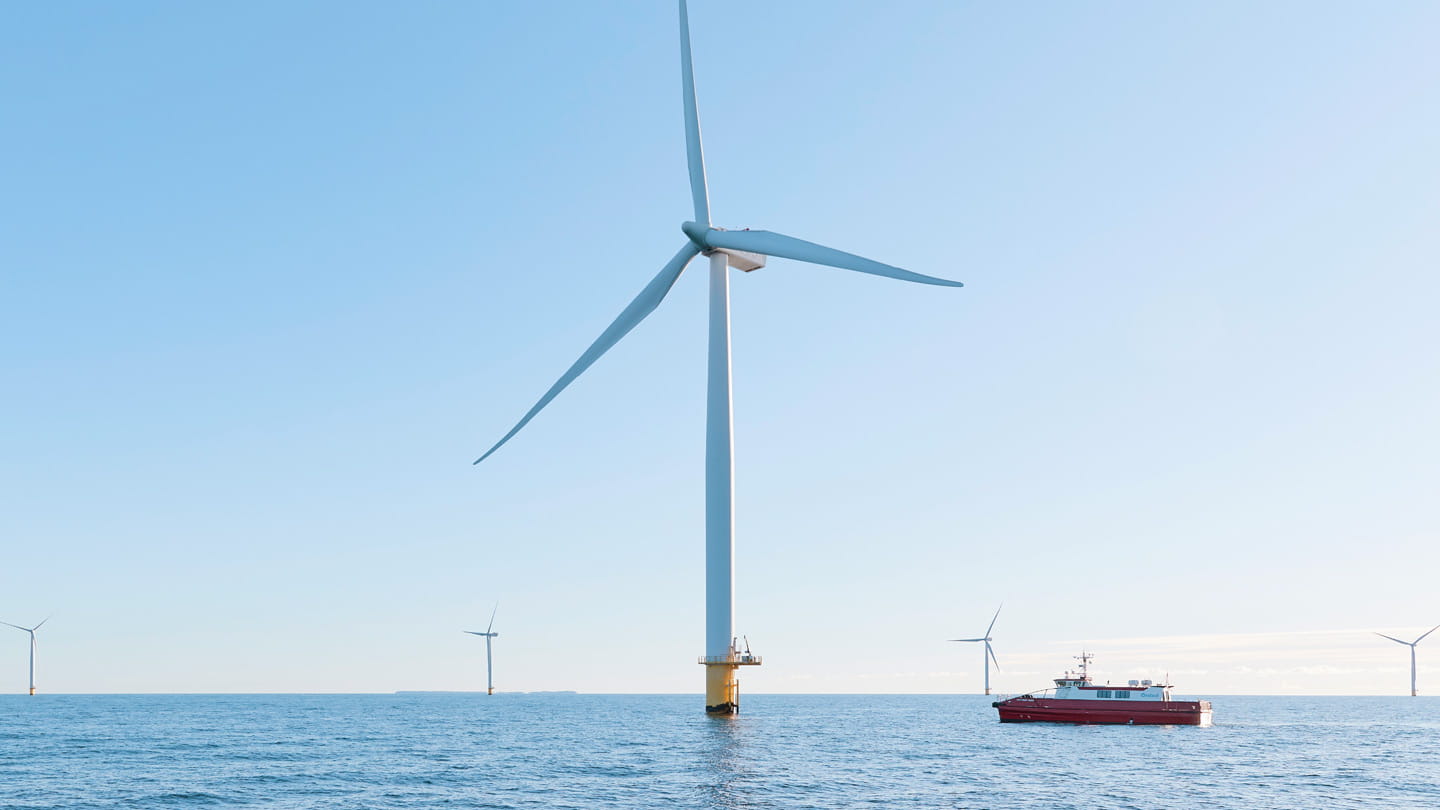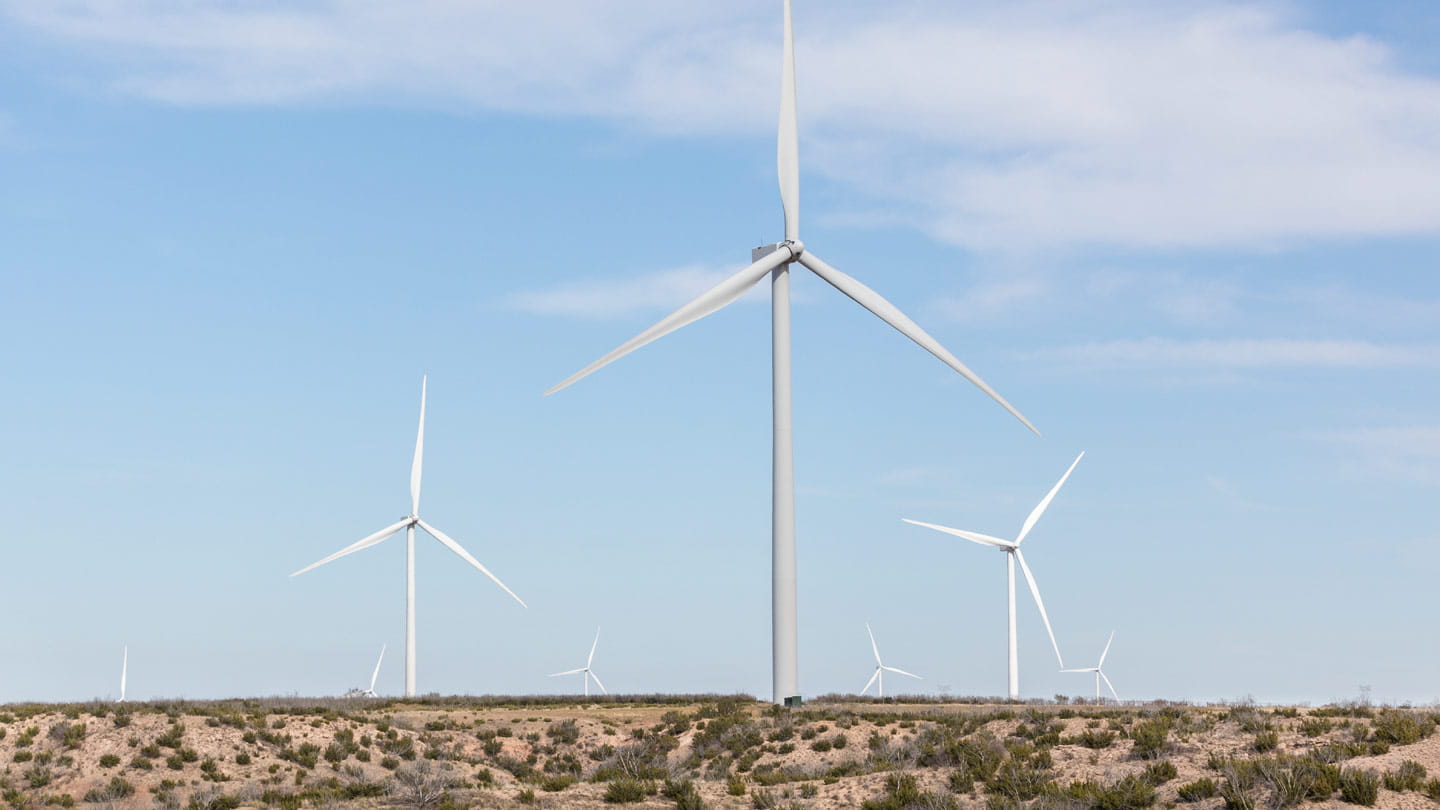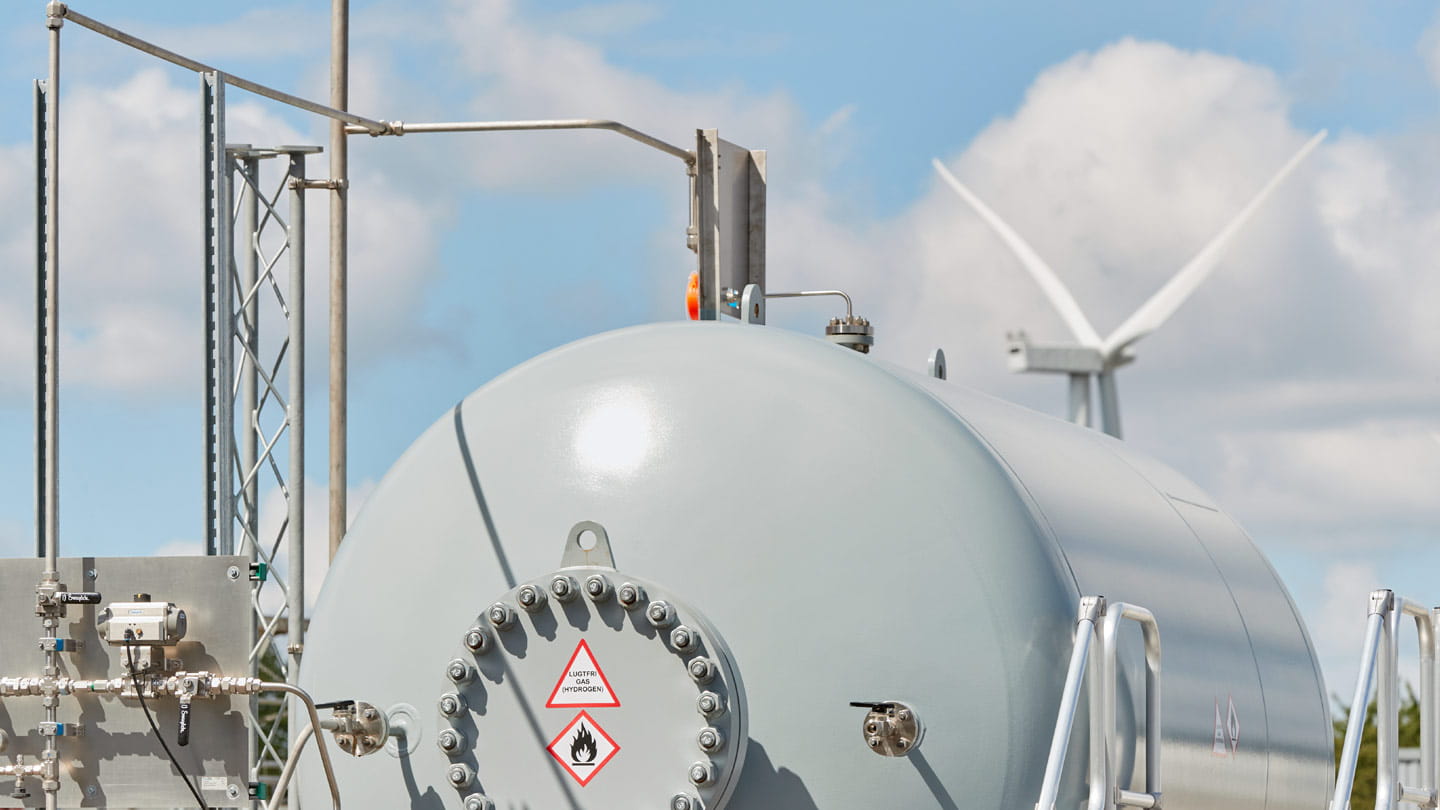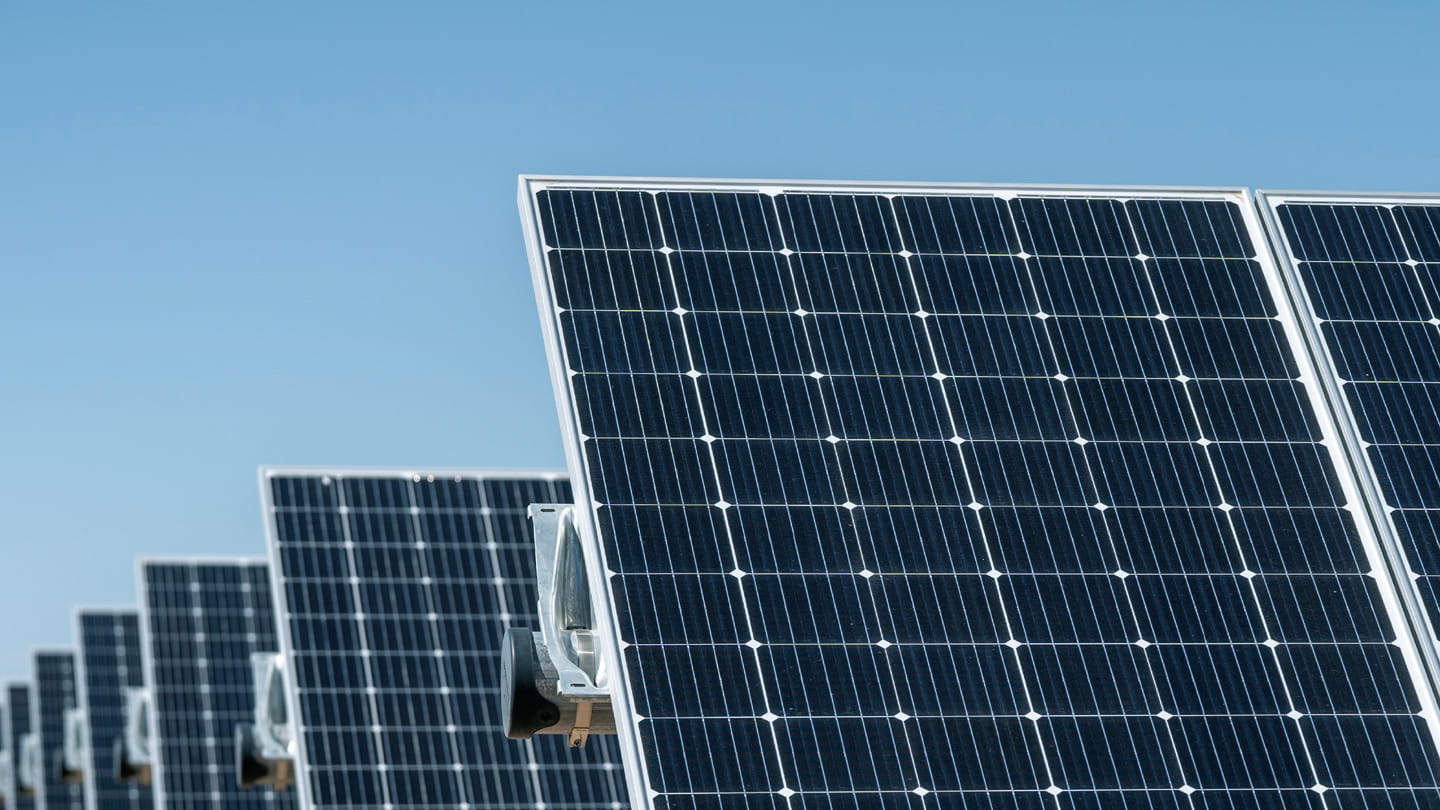Who we are
Ørsted is a leading clean energy company that develops, constructs, and operates renewable projects, including wind and solar farms, battery storage, and hydrogen facilities. We aim to build American clean energy the right way, using our decades of experience to deliver reliable, sustainable, domestic energy across the United States.



